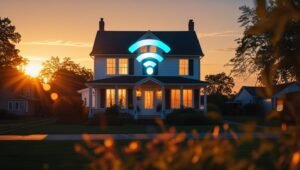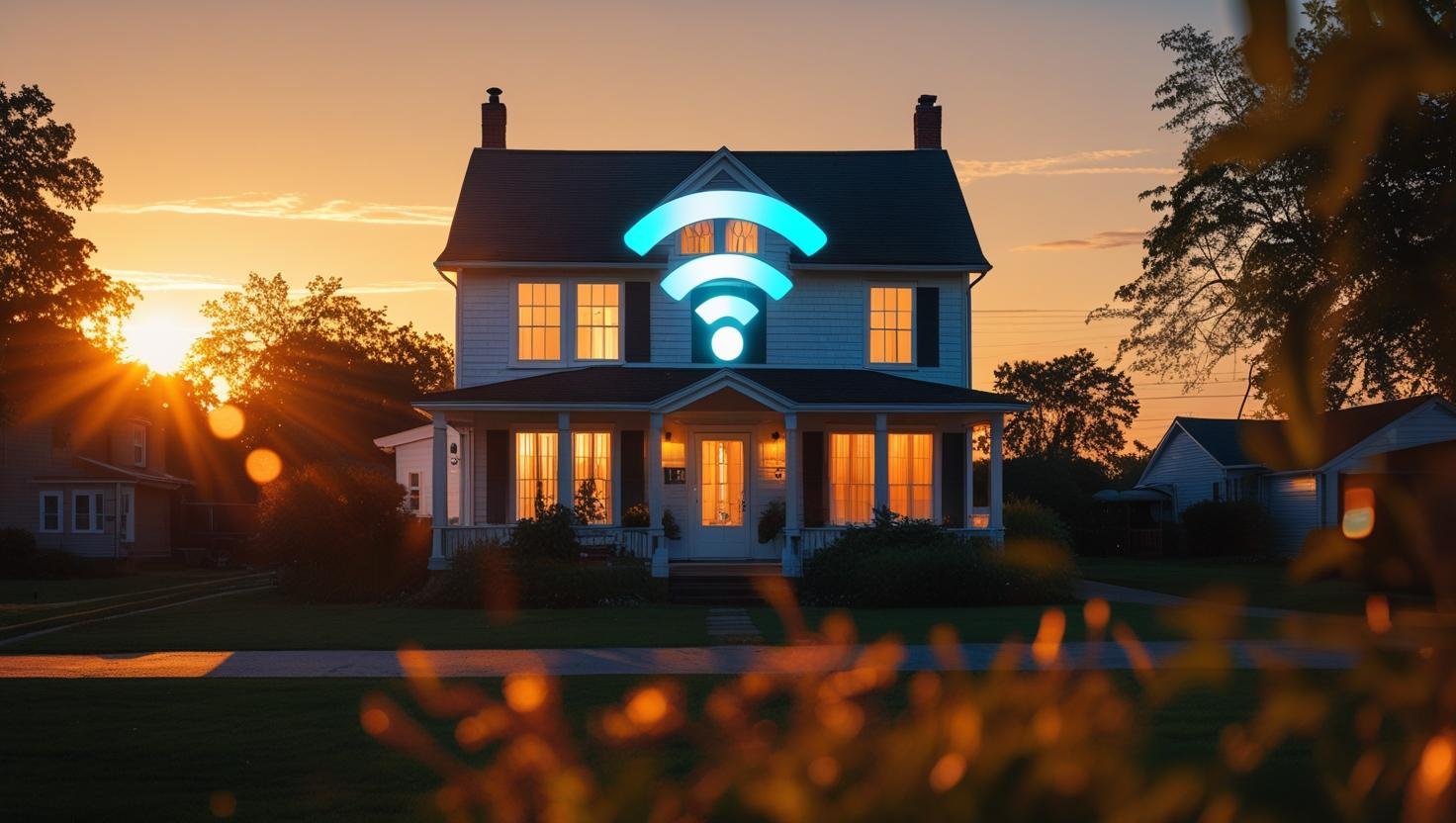Smart homes are no longer reserved for the wealthy or tech-obsessed. With the rapid advancement of affordable gadgets, even newcomers can dip into home automation without breaking the bank. If you’ve got $100 and a bit of curiosity, this guide will help you transform your living space into a connected, efficient, and convenient smart haven.
Start With the Brain: A Smart Speaker or Display
Your smart home’s “hub” should be something intuitive and versatile. A smart speaker like Amazon Echo Dot or Google Nest Mini offers voice control, routines, and seamless integration with other devices. These cost around $30–50, depending on sales.
If you prefer a screen interface, consider stretching your budget during a deal to nab an entry-level Google Nest Hub or Echo Show 5. These allow for visual controls, video calling, and real-time monitoring.
💡 Tip: Smart speakers let you control devices hands-free, set reminders, play music, check weather, or even turn off the lights—using just your voice.
💡 Light It Up Smartly: Affordable Smart Bulbs
Smart lighting is the easiest way to set the mood and enjoy automation. Brands like TP-Link Kasa, Wyze, and Govee offer Wi-Fi-enabled bulbs that connect directly to your hub—no need for an extra bridge.
- Average cost per bulb: $10–15
- Features include scheduling, dimming, color changes (on RGB models), and voice control.
Start with one or two bulbs in key spots (bedroom, desk lamp, or entryway). You can gradually expand your lighting setup as your budget allows.
Add a Smart Plug for Automation and Energy Saving
Smart plugs are small but mighty. Plug them into any outlet and control your coffee maker, lamp, fan, or gaming console remotely.
- Brands like Wyze, Amazon Smart Plug, or Kasa offer solid choices.
- Cost: Around $10–15
- Features: Scheduled routines, energy usage monitoring, remote toggle via app or voice.
Use a smart plug to automate tasks—like turning off your fan after midnight or powering your coffee maker on before you wake up.
Entry-Level Security: Smart Sensors or Cameras
Depending on your remaining budget, consider basic motion sensors or a low-cost indoor camera.
- Wyze Cam v3 ($25–35): Offers motion detection, two-way audio, night vision, and cloud storage.
- Alternatively, grab a smart door sensor for less than $20 to monitor entry points.
These budget devices offer peace of mind and can be upgraded later with smart locks or advanced outdoor cameras.
Example Setup With $100
| Product | Brand | Approx. Price |
|---|---|---|
| Smart Speaker | Echo Dot | $35 |
| 2 Smart Bulbs | TP-Link Kasa | $24 |
| Smart Plug | Wyze/Kasa | $12 |
| Indoor Camera | Wyze Cam v3 | $30 |
Total: $101 — Just a dollar over, but deals and bundles often bring this under budget.
Final Thoughts
Building a smart home doesn’t require deep pockets—it just takes smart planning. By focusing on essential gadgets that offer multi-functional value, you can create a connected environment that saves energy, boosts security, and adds convenience to your daily routine.
Looking to scale up later? Add voice-controlled thermostats, smart locks, and automated blinds as your budget allows. For now, this $100 setup gives you a solid and exciting start.








